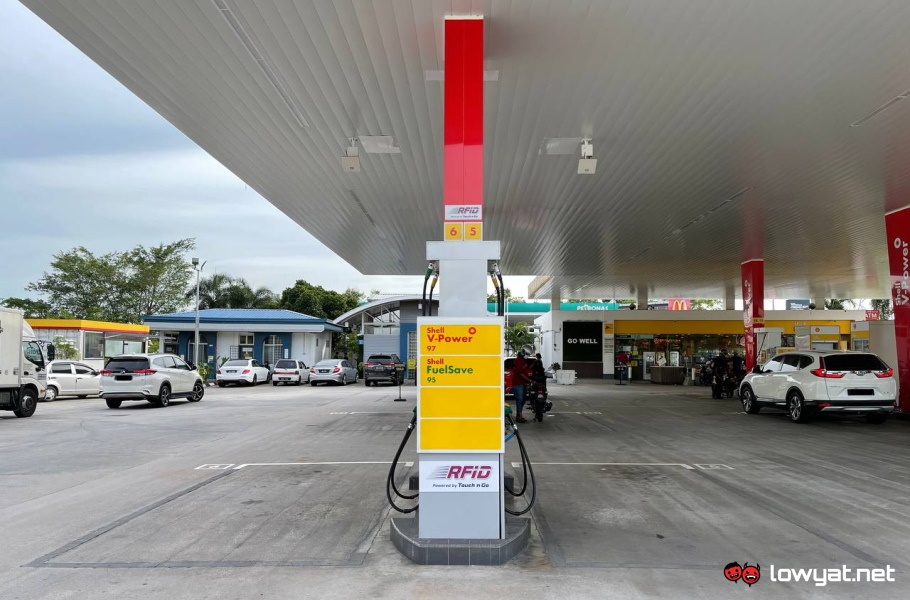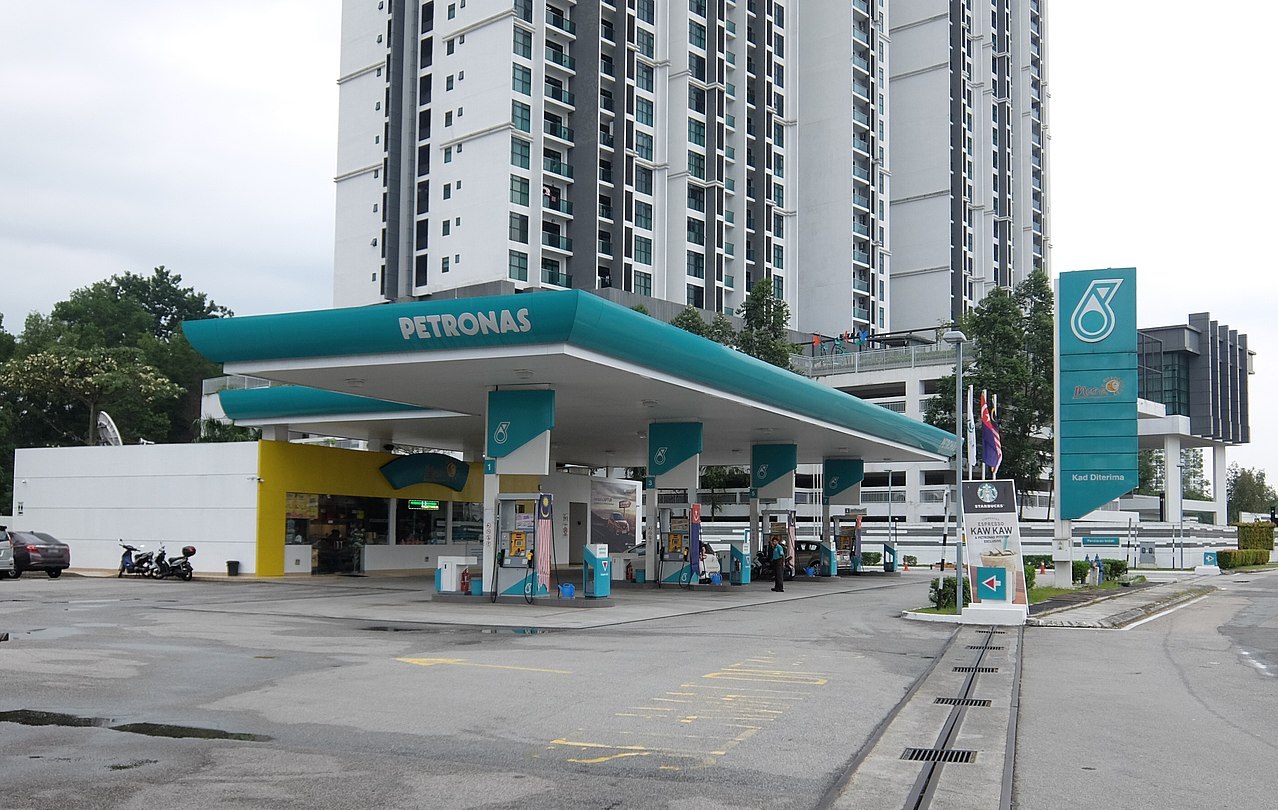Salahuddin explained that the government will integrate all available databases, not just data from JPJ. The comprehensive database will include data from the Inland Revenue Board (IRB), Bank Negara, Khazanah Nasional Bhd, the Department of Statistics Malaysia, and university studies.
He added that having a comprehensive data centre was important and necessary to make the targeted subsidy mechanism a success. “We need to gather all the data. The ministry or the National Action Council on Cost of Living (NACCOL) should look at all the data before we make a final decision,” said the minister. His explanation is to quell the concerns of some economists who criticised the use of the cubic capacity (CC) of the engines of registered vehicles to determine the eligibility for the targeted petrol subsidies. Salahuddin said last week that the proposed paper on targeted subsidies had been presented during the meeting of NACCOL chaired by Prime Minister Anwar Ibrahim. A targeted fuel subsidy has been in the works since earlier this year when the Ministry of Finance revealed that most of the petrol subsidy spent by the government went towards wealthy Malaysians instead of the intended low-income groups. According to then-Finance Minister Tengku Zafrul Aziz, for RM1 spent on the subsidy, 53 cents would go towards the T20 while the B40 group would only use up 15 cents. In July, the government ran a pilot test where users pay for their petrol using e-wallets to ensure only those who are eligible can receive the subsidy. However, this method was noted to be fraught with challenges as implementing it in rural areas would be difficult. Since it was announced, there has not been any update on the pilot. (Source: Bernama)

